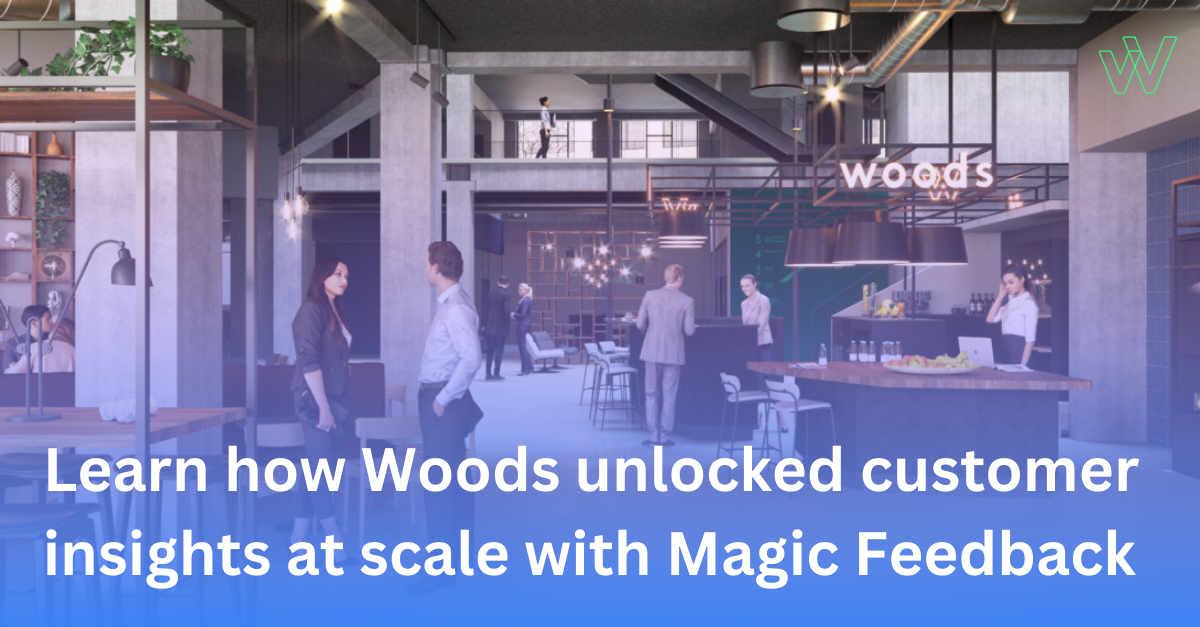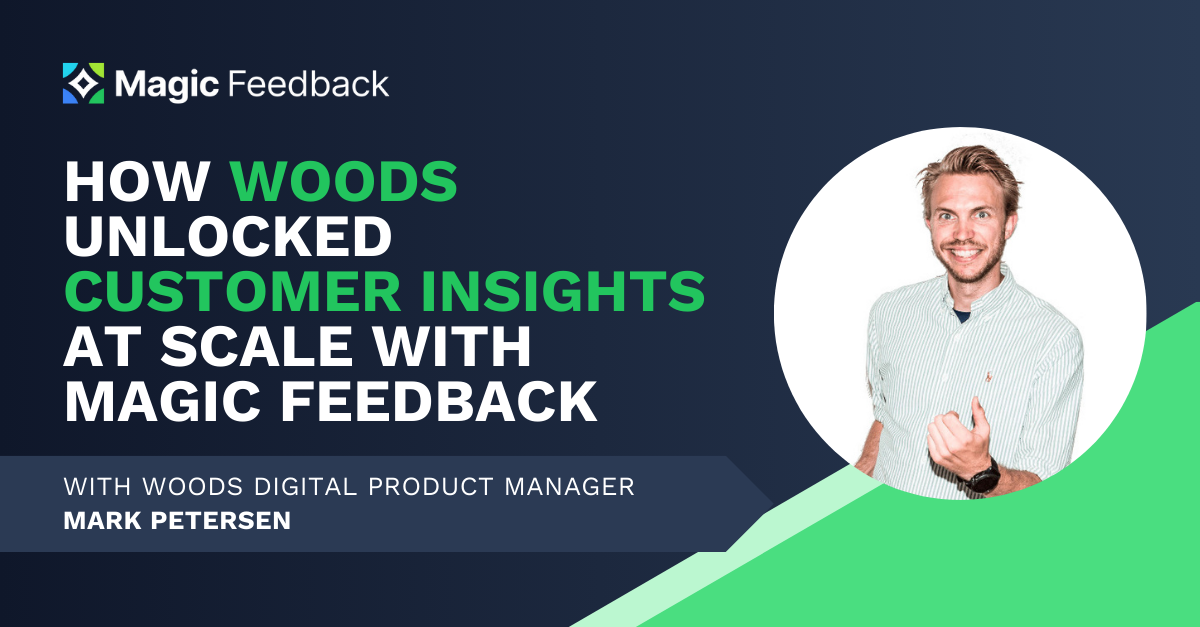Customer discovery and customer interviews are an essential and fundamental part of Product Management. Understanding and uncovering the depth of your customer’ s opinion can be the difference between launching a successful new product/service or one no one will use. From our experience preparation is key. Find below the 7 biggest mistakes Product Managers make when conducting customer interviews and how to avoid them.
1. Selecting wrong customers to interview
If you select the wrong customers to interview – your process will be flawed from the beginning. Without spending time on clearly defining the right profile of people, you would uncover surface insights at best.
What is important to consider here is – you have limited time, so do your customers. Why waste yours and theirs on an interview that would ultimately not reveal anything about your topic of interest. E.g. If you are a weekly meal delivery company and would like to launch a new recipe category, selecting randomly some of your most frequent customers would not necessarily be the right approach. Consider looking into their purchase history – how often have they ordered the same meals. If indeed they always order the same, they would not be your target group for a brand new category. They might think they would want to order it, but based on past history, chances are they actually would not. So your data would not provide you with the needed insight in the end.
2. Asking too many yes/no questions
Let’ s assume you have done your research. You have selected 10 ‘ super users’ . People who indeed would frequently order new types of meals. You have 30 mins or 1 hour with them. What should you do?
What you shouldn’ t do is spend them on ‘Yes/No’ questions, because at the end of that 1 hour you would find yourself with surface insights at best. E.g. If you ask them ‘ Would you order Indian food?’ and they answer yes, you have not understood if that particular person likes Indian food vs likelihood to order often new exotic recipes. What you could ask instead is: ‘ Are you satisfied with the diversity of recipes and categories?’ this would much better tell you if they indeed are craving more variety. This would show you whether your idea of adding a new category would be well received. Instead of only finding out if they like Indian food with your ‘ yes/no’ question.
3. Doing all the talking
Allright, you have started to ask good, open-ended questions. But you start to get excited. Yes, you completely agree with them. Actually you have a personal opinion/story (doesn’t matter which), which completely resonates and would like to share with them.
And you are sharing. And you are sharing. And so much time has been spent that you have 10 mins to wrap this interview. In your notes you cannot find any deep insights because you talked the majority of the interview.
What we recommend you practice instead, is ‘active listening’. Listen in a way that you encourage the customer to share with you as many details and information as possible. You could do this by both using your body language, as well as with words such as ‘yes’, ‘mhm’, ‘go on’. Trust me you would find your data so much richer in the end.
4. Asking leading questions
Allright, you are doing your ‘active listening’ and your customer is doing the talking. What mistake you could do next – is to start asking ‘leading questions’. Questions that you ask in such a way that would increase the likelihood of you getting the answer you want.
In our example a leading question could sound like: ‘Wouldn’t it be nice to have a bigger variety of recipes as part of our service?’. Well of course it would be nice! People always want to have more choices and more options. What you really want to find out is – is the variety of recipes your customer’s real pain point, or for example cheaper price, more frequent deliveries or bigger meal sizes. If you instead ask the leading question, what you could end up focusing on is the ‘nice to have’, and not what for them was really ‘need to have’ so they do not churn.
5. Not aware of confirmation bias
You are now asking really good, probing, open-ended customer interview questions. What you need to be aware of next is your ‘confirmation bias’. It can lead to the collection of flawed data. What is ‘confirmation bias’ in customer interviews? It is when you listen to what they say, but you hear only ‘what you would like’.
In our case they might say: ‘More variety would be really great, but what can be even greater is to have bigger portion sizes’’. You can take that and write – they loved the idea of more variety. What a great idea I have – let’s spend my and the team’s time on doing this big bet.
6. Not aware of bias while analyzing
The best way to avoid biases in your analysis is to do a recording of the interview and use one of the AI transcription tools available to get it in text format.
Afterwards analyze the data with Magic Feedback’s AI tool, which guarantees bias free analysis. As a bonus, it would analyze all the themes from all the interviews you have conducted in minutes. This way the rest of your Product Team can also quickly understand the insights you have uncovered and together you can agree on the next steps.


